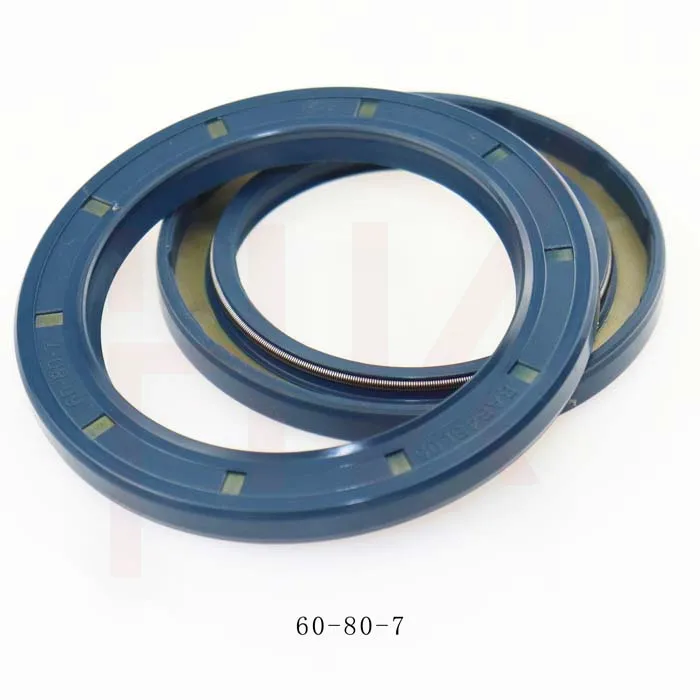9 月 . 01, 2024 22:57 Back to list
Radial Oil Seal - High-Performance Sealing Solutions for Machinery
Understanding Radial Oil Seals Essential Components for Fluid Containment
Radial oil seals are crucial mechanical components that play a significant role in various machines and automotive systems. They are designed to prevent the leakage of lubricating fluids while simultaneously keeping contaminants such as dirt, dust, and moisture from entering the system. Their ability to maintain the integrity of lubricated components ensures smooth operation, extends the life of machinery, and enhances efficiency.
Composition and Structure
Radial oil seals are typically composed of a metallic outer casing, a rubber or elastomeric sealing lip, and sometimes a dust lip. The outer casing is often made of materials like steel or aluminum, which provides structural support and durability. The sealing lip, which makes contact with the rotating shaft, is crafted from synthetic rubber compounds that can withstand high temperatures and harsh chemical environments. The design of these seals allows them to accommodate slight misalignments, axial movements, and variations in shaft diameter, making them suitable for dynamic applications.
Types of Radial Oil Seals
There are various types of radial oil seals, each tailored for specific applications
. The most common types include1. Standard Seals These are suitable for general applications where basic sealing and contaminant exclusion are needed. 2. Double-lip Seals Equipped with an additional lip, these seals provide extra protection against contaminants, making them ideal for rugged environments. 3. Spring-loaded Seals These seals incorporate a spring that enhances the sealing performance by applying consistent pressure against the shaft, ensuring a tight fit and accommodating wear over time. 4. Metal-Case Seals Designed for heavy-duty applications, these seals have a robust metallic outer casing that provides additional durability and resistance to deformation.
radial oil seal

Applications
Radial oil seals are widely used in automotive applications, such as in engines, transmissions, and wheel hubs. They are also found in industrial machinery, such as pumps, hydraulics, and gearboxes. Their versatility allows them to be used in various industries, including agriculture, aerospace, and construction.
Importance of Proper Installation
The effectiveness of radial oil seals heavily depends on proper installation. Incorrect installation can lead to premature failure, resulting in oil leaks and potential damage to machinery. It is essential to adhere to manufacturer specifications regarding dimensions, alignment, and torque when installing these seals. Additionally, regular inspection and maintenance can help identify wear and tear, ensuring that seals are replaced before they cause significant issues.
Conclusion
In conclusion, radial oil seals are vital components that ensure the efficient operation of various machines and automotive systems. Their ability to prevent fluid leakage and protect against contamination contributes to the longevity and reliability of mechanical systems. Understanding the types, applications, and installation considerations of radial oil seals is indispensable for anyone involved in machinery maintenance or design. Proper usage and maintenance of these seals can lead to improved performance and reduced operational costs, making them an integral part of modern engineering solutions.
-
The Power of Advanced Sealing: High-Pressure Solutions for Modern Machinery
NewsOct.29,2024
-
Optimizing Machinery with High-Performance Oil Seals
NewsOct.29,2024
-
Maximizing Machinery Efficiency with Advanced Oil Seals
NewsOct.29,2024
-
Ensuring Equipment Longevity with Quality Oil Seals
NewsOct.29,2024
-
Enhance Equipment Performance with Quality Oil Seals
NewsOct.29,2024
-
Custom Oil Seals for Specialized Machinery Needs
NewsOct.29,2024
-
The Role of Wiper Seals in Dust Sealing and Oil Protection
NewsOct.20,2024
Products categories
















